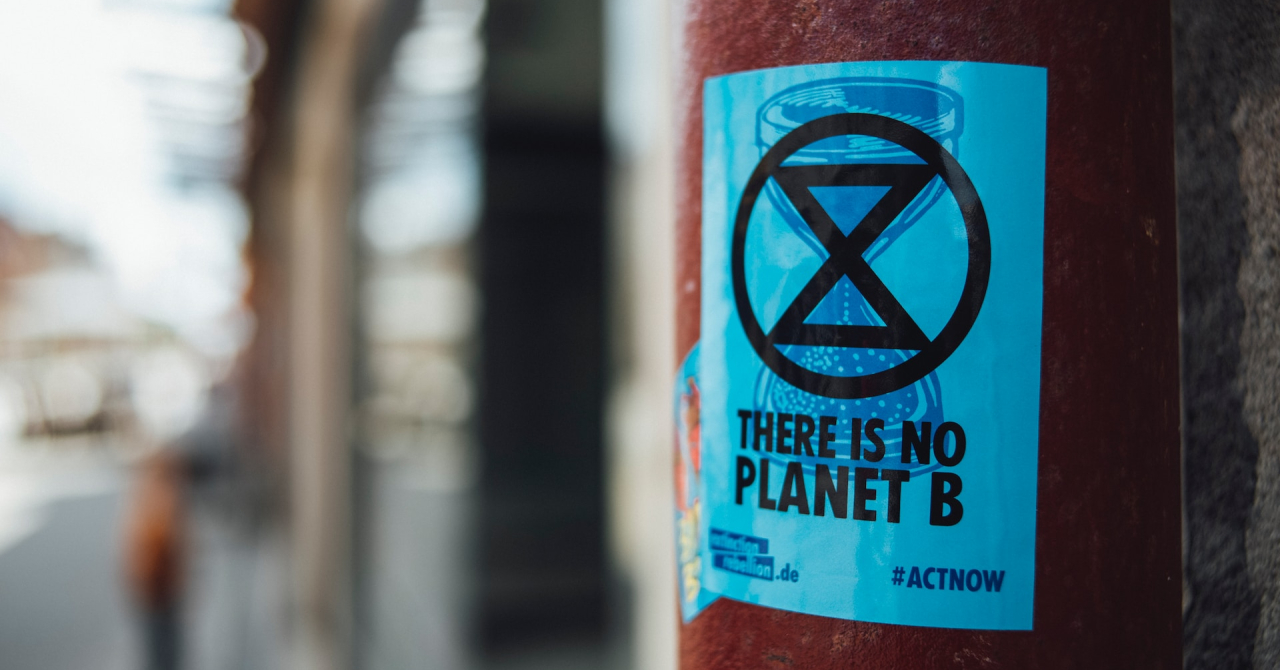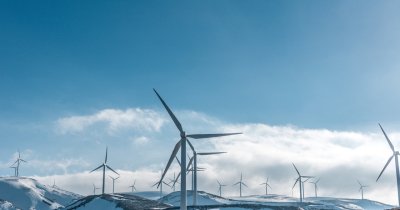At Climate Change Summit 2023 we found about why we need circular economy now more than ever and how we can successfully convert the current linear economy to a circular model that's built for the future.
According to Vojtech Vosecky, Associate at Circle Economy, Co-founder of the Institute of Circular Economy, "circular economy is the missing link to tackle climate change."
Five years ago, Vojtech became the adviser to the mayor of Prague on circular economy, where he had to find and recommend the most impactful solutions that would make the capital of the Czech Republic carbon neutral.
What is a circular economist
It all starts with the resources, according to the co-founder of the Institute of Circular Economy, and how we manage what comes in and goes out as a resource, whether we're talking about a city, a company or even a country.
"We ask ourselves questions such as: Where did that stuff come from? Does it have any recycled contents in it or did it have to be mined somewhere at the other part of the world? How long are we using it? What purpose is it serving? And most importantly, what are we going to do with it once it reaches the end of its life?", he explained.
When he analyzed all the data as an adviser for the mayor of Prague, he realized that the only chance for the capital to become carbon neutral was if the most polluting sectors were addressed, including the building and the food industries.
What he also found out was that these were some of the biggest challenges for cities located in other parts of the world, as well.
How do we manage some of the most used resources
According to Vojtech, sand is the most used mineral and resource on Earth, right after water and since we are now constructing more than ever before and at a fast pace also, even something as vast as sand can become a not-so-abundant resource in some parts of the world.
"In others, the price of extraction to the local communities, the ecosystems and even the economy is too high. But not only do we extract too much, we are also terrible at working with what we already have", he explains, pointing to the fact that what some of us consider to be essential in our lives isn't even used as much as we think.
The average car in Europe sits parked for about 93% of its lifespan, while a drill is only being used for around 5 minutes and then it sits unused in a tool box.
When it comes to buildings, we don't even use those to their fullest capacity in some places, as Vojtech says. As per himself, 30% of the office buildings in San Francisco, California, lay empty, while in New York and Paris, 20% and 15% are unused.
But that's not all, since "virtually everything that you see around yourself, your clothes, your phone, your watches, will become waste sooner or later and often too soon."
And the big problem here is that most of the waste that we generate, no matter which type it is, ends up unrecycled and unused as a valuable resource. Instead, it ends up in landfills, it's incinerated or it reaches Earth's fragile ecosystems.
There are a few resources without which the modern society cannot function correctly and one of them is food. Unfortunately, we waste around 30% of the food we produce every year, from production to consumption, or around 1.3 billion tons.
In order to live in a carbon neutral world, Vojtech argues that not only do we have to think about decarbonizing our energy grid, but also about how we treat our resources in a more responsible way.
"Circular economy promises a world without waste, where resources flow in endless loops, without losing quality, where we have a positive or neutral impact on the environment while doing what we need to do", the co-founder of the Institute of Circular Economy explains.
He added that circular economy must not be confused with recycling, which is just one part of the circularity principle. Not everything is recyclable and not everything is being collected properly for recycling, either, which is why we must adopt other solutions for these issues.
The six principles of a circular economy
Vojtech believes that all of us can implement a set of six principles or "Rs" on a personal level, but also when it comes to an industry or a city, that can lead to adopting a circular economy.
The first "R" comes from retain, which implies keeping the existing assets and extend their lifetime for as long as possible. Then is rethinking, which implies redesigning the systems and how the value chains are organized, so that we can eliminate the linear elements.
Regenerating is also an important part of the process and this implies working together with and for nature, by contributing positively to the environment and the ecosystems. This can be done by things like planting trees or even more impactful, changing the farming system to a regenerative model.
Reducing the amount of resources we use on a daily basis is also very important and something we can do on every level. Whether we're talking about reducing energy consumption, our waste output or how much we buy as individuals, all have a great impact on the circular economy.
Reusing what we currently have is also key, but not as you might think. It's not about recycling, but as repurposing the same object or material for something else, without having to reprocess it.
A skyscraper in Sydney, Australia, known as Quay Quarter Tower, was renovated using 62% of the old structure, with the building being one of the first reusable skyscrapers in the world. This can set an example for other cities and countries around the world who want to keep their buildings safe and modern, while using as little virgin resources as possible.
Recovering is the sixth and final "R" we should live by, according to Vojtech, who believes that recovering value from every material at the end of its lifespan is critical for closing the loop and maintaining them in the economy in a different shape.
 Mihai - Cristian Ioniță
Mihai - Cristian Ioniță












Any thoughts?